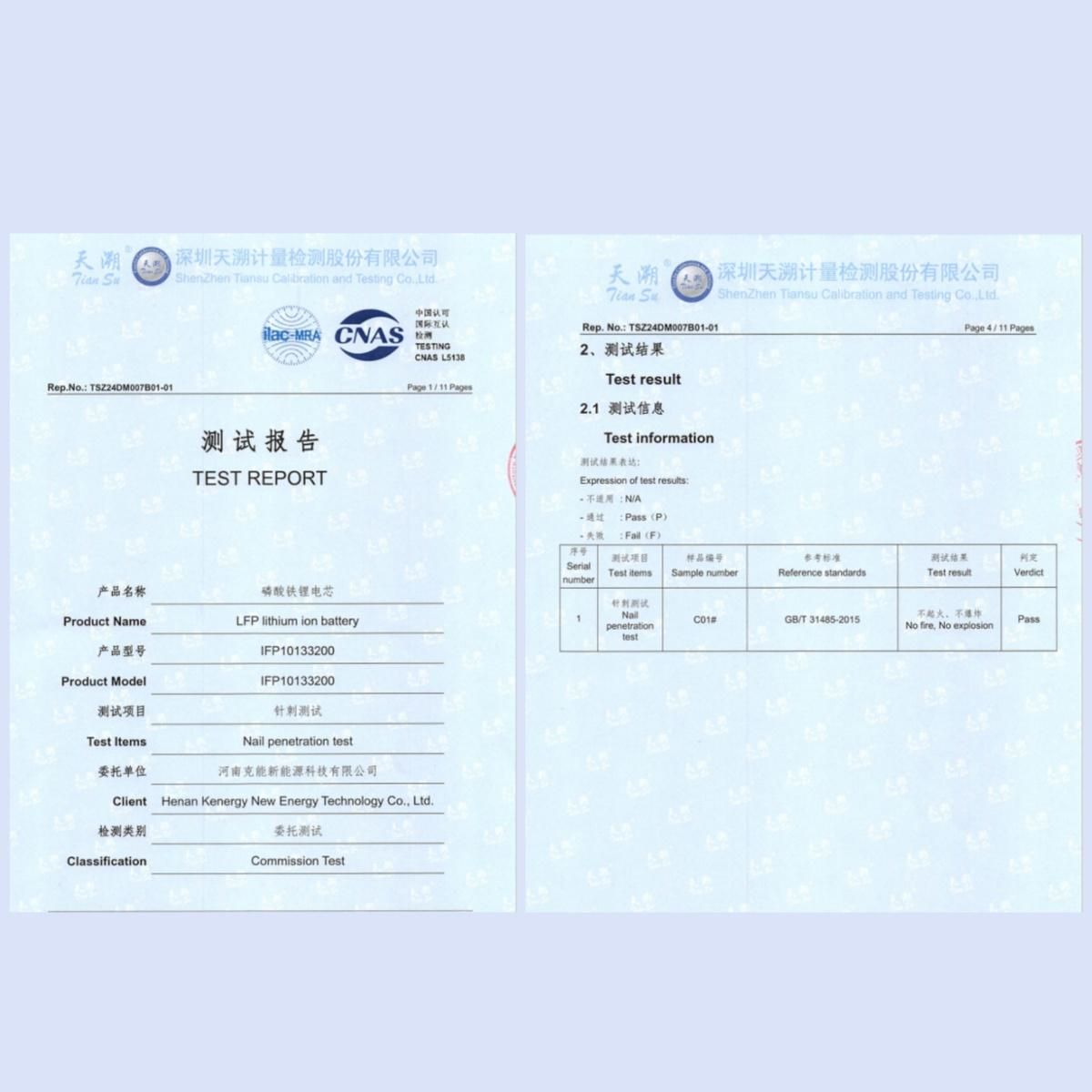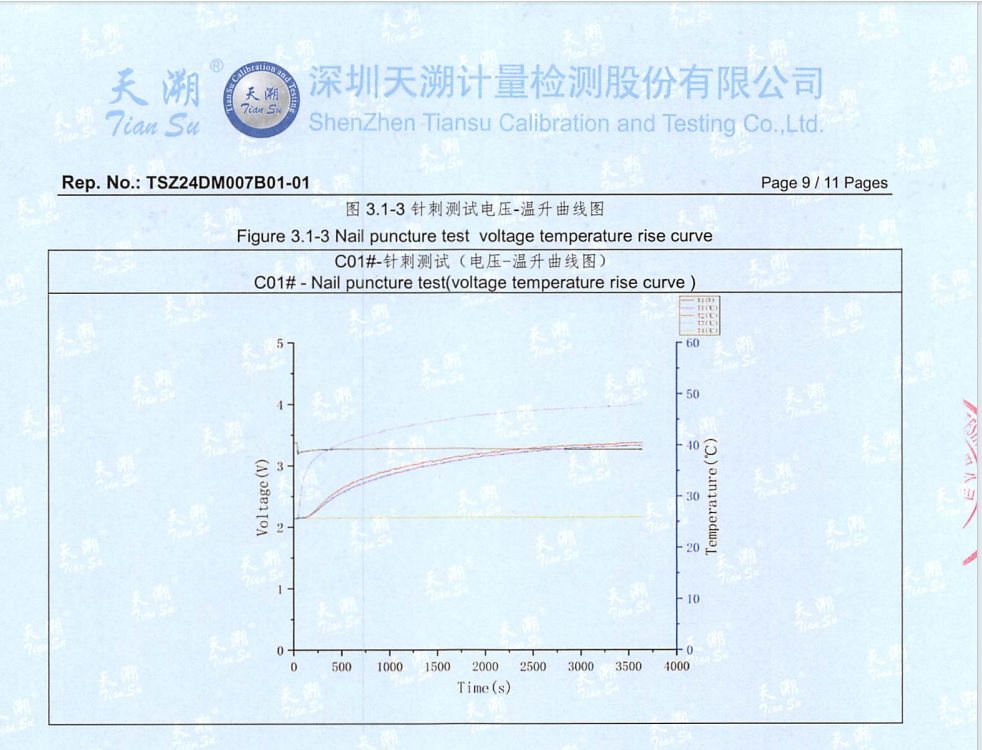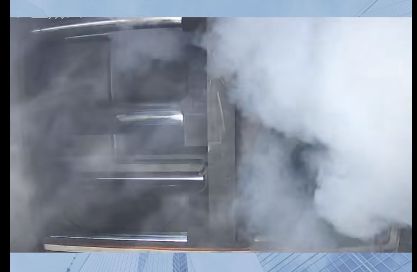Here comes the hardcore! Take you to a comprehensive understanding of lithium battery nail penetration test.
New energy vehicles are the direction of future automotive development, and one of the core components of new energy vehicles is the power battery. At present, there are mainly two types on the market: ternary lithium and lithium iron phosphate. Which of these two types of batteries is more practical and safe? Previously, BYD's blade battery has provided an answer with its strong innovation capability and profound technical accumulation. Now, the ultra-high safety of the Kenergy lithium battery has conquered the "Mount Everest" of the battery test field - the nail penetration test. Today, I will talk about the safety of lithium batteries based on the nail penetration test of Kenergy lithium battery.
Before talking about the nail penetration test, let me first explain the current national standard test methods for battery safety. In the national standard requirements for battery safety, the hazards caused by electric vehicles' power batteries, battery packs, or systems include: (1) leakage, which may lead to high voltage of the battery system and failure of insulation, indirectly causing personnel electric shock, battery system fire, and other dangers; (2) fire, which directly burns the human body; (3) explosion, which directly endangers the human body, including high-temperature burns, shock wave injuries, and explosion fragment injuries, etc.; (4) electric shock, which is caused by the current passing through the human body.
Why is the nail penetration test necessary?
According to relevant data, taking the past accidents of new energy vehicles as an example, most of the spontaneous combustion accidents related to batteries are closely related to the thermal runaway of the battery cells. So, what is thermal runaway? Thermal runaway of a battery refers to the situation where the heat generation rate of the internal chemical reactions of the battery is far higher than the heat dissipation rate. A large amount of heat accumulates inside the battery, causing the battery temperature to rise rapidly, and ultimately causing the battery to catch fire or explode.
The nail penetration test can simulate both internal and external short circuits that lead to thermal runaway. Currently, there are mainly two causes of thermal runaway: one is mechanical and electrical causes (such as nail penetration, collision, and other accidents); the other is electrochemical causes (such as overcharging, fast charging, spontaneous short circuits, etc.). After the thermal runaway of a single battery, it is transmitted to adjacent cells, and then spreads over a large area, eventually leading to the occurrence of safety accidents.
The process of the nail penetration test is not complicated. According to the nail penetration test method stipulated in the national standard, the battery needs to be fully charged, and a tungsten steel needle is used to vertically penetrate the battery. The entire energy of the battery will be released through the nail penetration point in a short period of time. The steel needle remains in the battery, and it is observed for one hour. It is considered qualified if there is no fire or explosion. Among the more than 300 tests for lithium battery safety, the nail penetration test is recognized as the most stringent and difficult safety test item to achieve. However, Kenergy lithium battery has successfully overcome such a very stringent test.
"Super safety" is the biggest feature of Kenergy lithium battery, and the test results also prove this. After being completely penetrated by the needle, the highest surface temperature of Kenergy lithium battery is below 50°C, and there is no combustion or explosion, and there is no smoke. It can be seen that this battery is also very safe under short circuit conditions.


Keneng Lithium Battery Temperature Rise Curve Chart
The lithium iron phosphate prismatic battery used for comparative testing did not produce an open flame, but there was a lot of thick smoke, and the temperature change was very obvious. The performance of another ternary lithium battery is quite terrifying: the battery underwent a violent chemical reaction at the moment of nail penetration, the surface temperature of the battery quickly exceeded 500°C, and then caught fire and exploded. If this happened during actual driving, the safety hazard would still be very large.

Competitive Lithium Iron Phosphate Test Effect Images
Kenergy lithium battery has been recognized by the industry and consumers.
The battery nail penetration test is the enterprise standard of Kenergy lithium battery. Our products also have the characteristics of super strength, super endurance, super life, super power, and super cold resistance, which is the cornerstone of Kenergy lithium battery's continuous leadership. At the same time, Kenergy lithium battery continues to be hot selling, which is the greatest affirmation of consumers and the market to the enterprise.
Welcome to KELAN Lithium Battery. Our portable power station, LiFePO4 Lithium Battery, and Light EV Battery all feature cells that have passed the nail penetration test. Use them with confidence.





